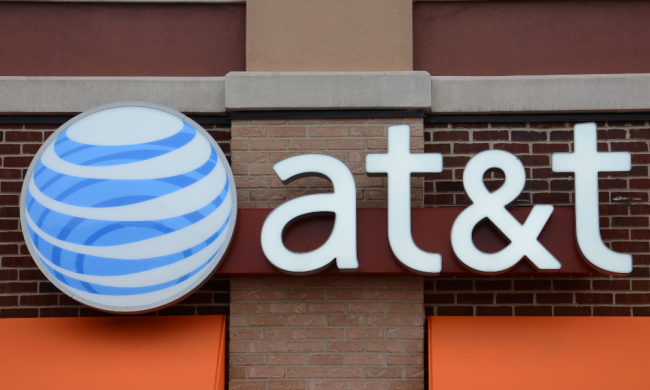Xiaomi CEO Lei Jun has said there is concern in the mobile industry that 4G phones won’t be so popular in 2020, which with the success of its first 5G device in China, has prompted the company to commit to producing at least 10 5G phones in 2020. Speaking at a conference in China, Jun is quoted as saying:
“People in the industry fear that next year 4G models won’t sell,” before urging network operators to build their 5G networks faster. To avoid the chicken-or-the-egg scenario, he has stated Xiaomi will produce at least 10 new 5G connected smartphones over the coming year.
Xiaomi launched its first 5G phone in China, the Mi 9 Pro 5G, at the end of September, which Jun says has been a considerable success, but did not reveal any numbers. It’s easy to see why it would be a success though, as the powerful phone has a Snapdragon 855 Plus processor, a triple-lens camera, a 6.4-inch AMOLED screen, and 5G all for the equivalent of about $520. It follows the Mi Mix 3 5G launched in Europe earlier this year, which also represents good value.
While most other smartphone manufacturers will increase the amount of 5G phones they produce next year, Xiaomi says its many new devices will be spread across the low, mid, and high-end of the market. Currently, the 5G phones available to buy around the world now are high priced devices, making them strictly for keen early adopters. Growing network support will help increase attention from those who don’t want to spend so much on a new device, opening up opportunities for manufacturers building more reasonably priced 5G phones.
How will it achieve some of the cost reductions necessary to produce cheaper 5G phones? Xiaomi uses Qualcomm chipsets for the vast majority of its devices, and the company has recently stated it will expand 5G support to more chips in 2020, helping lower the price of the final device. Xiaomi also uses MediaTek chips and may look at the new 5G SoC chip for its lower cost 5G phones. The MediaTek chip is expected to ship in early 2020, and samples should be with manufacturers already.
Xiaomi has a strong presence in China, India, and in Europe, but does not currently sell its smartphones in the U.S.



